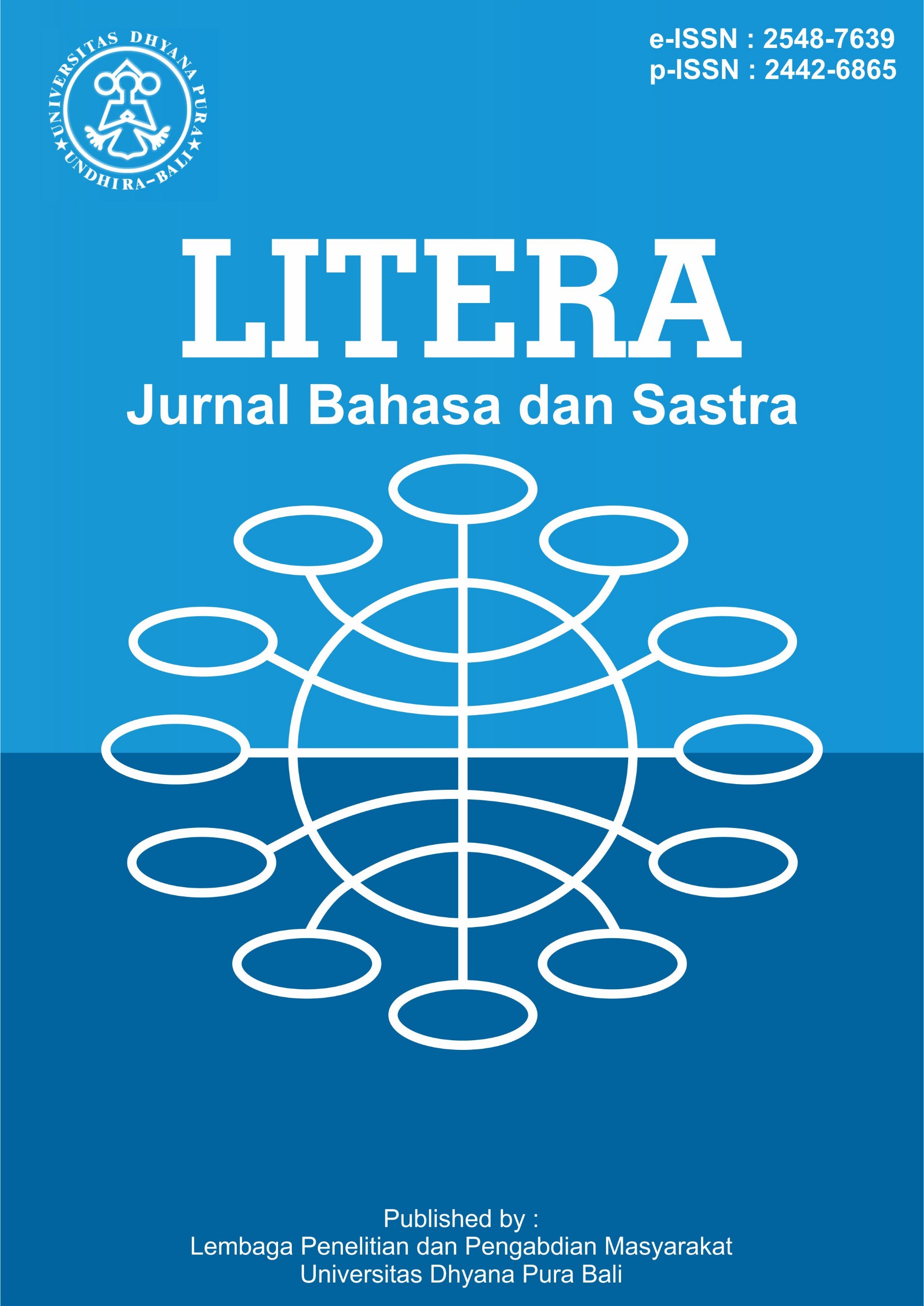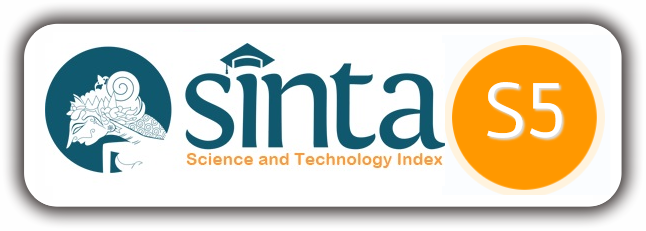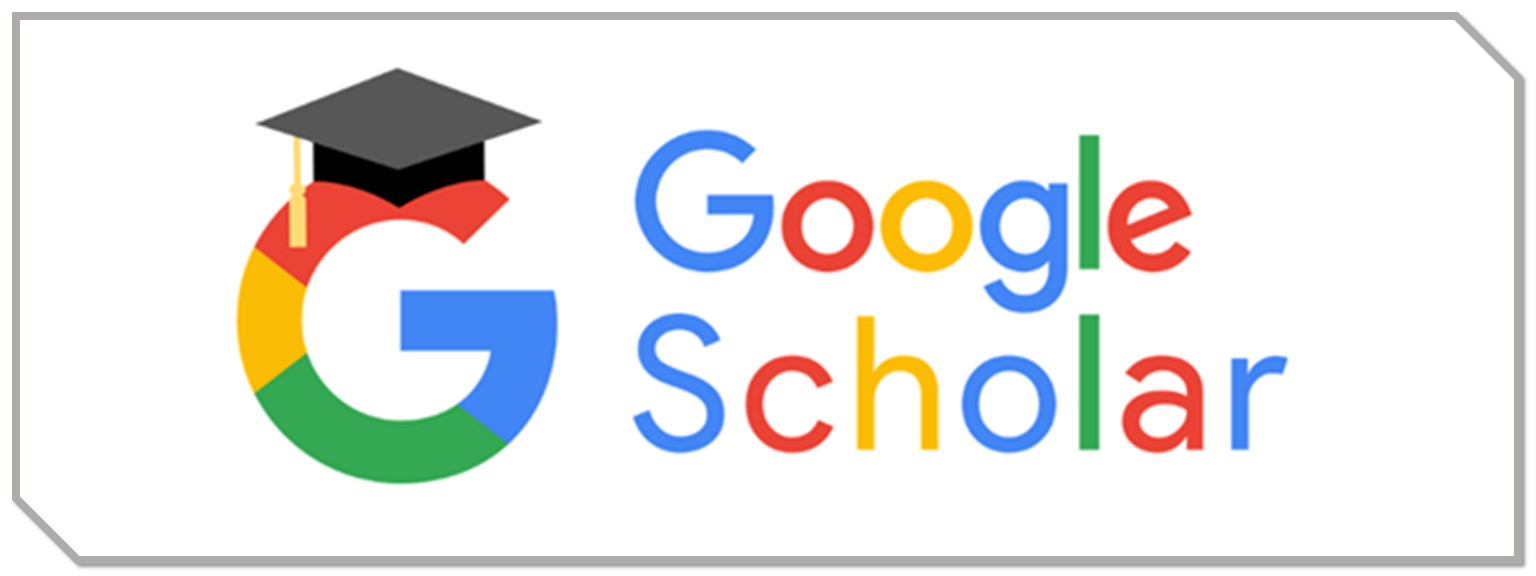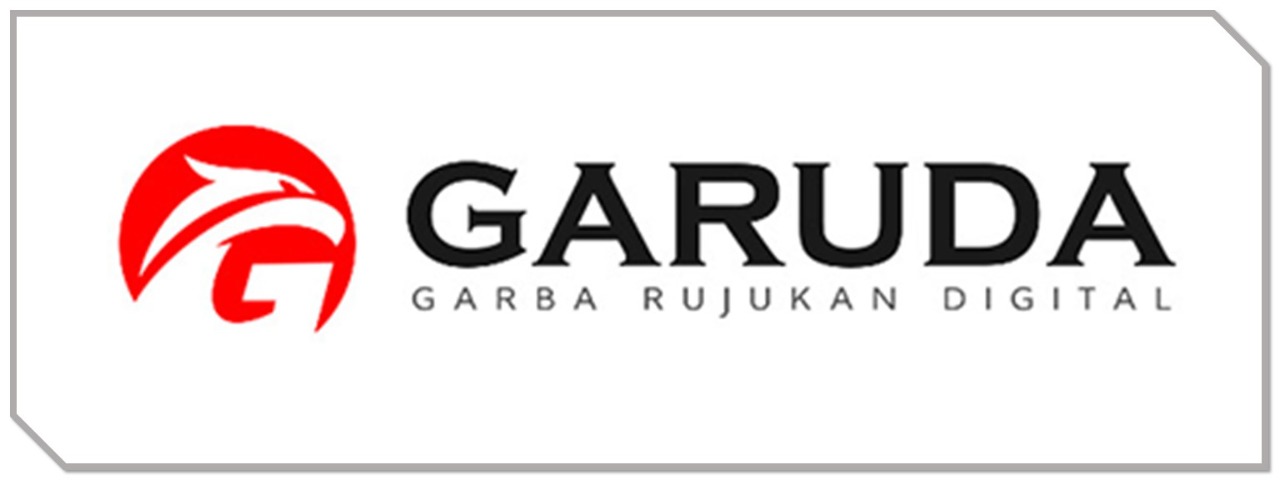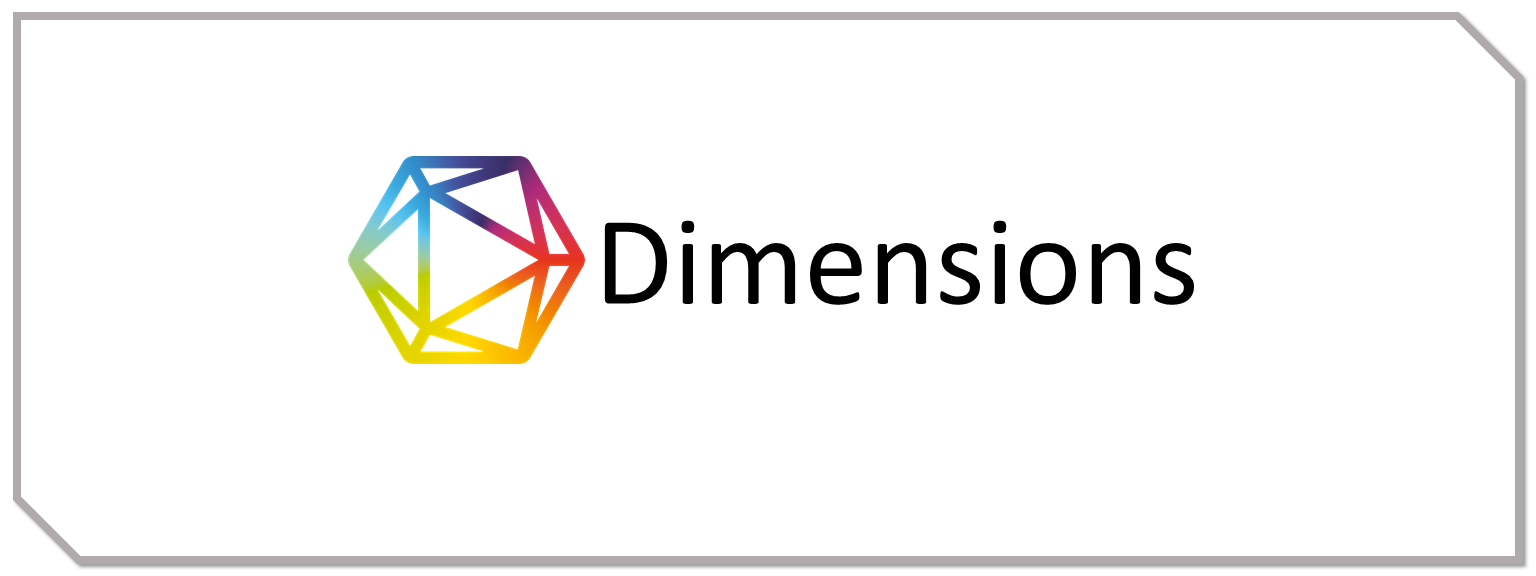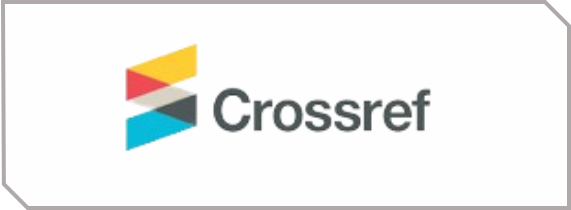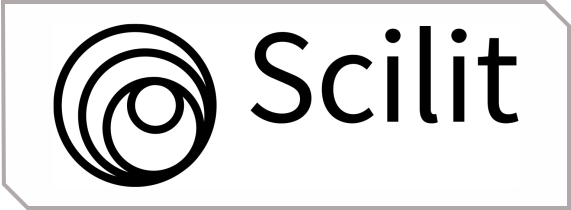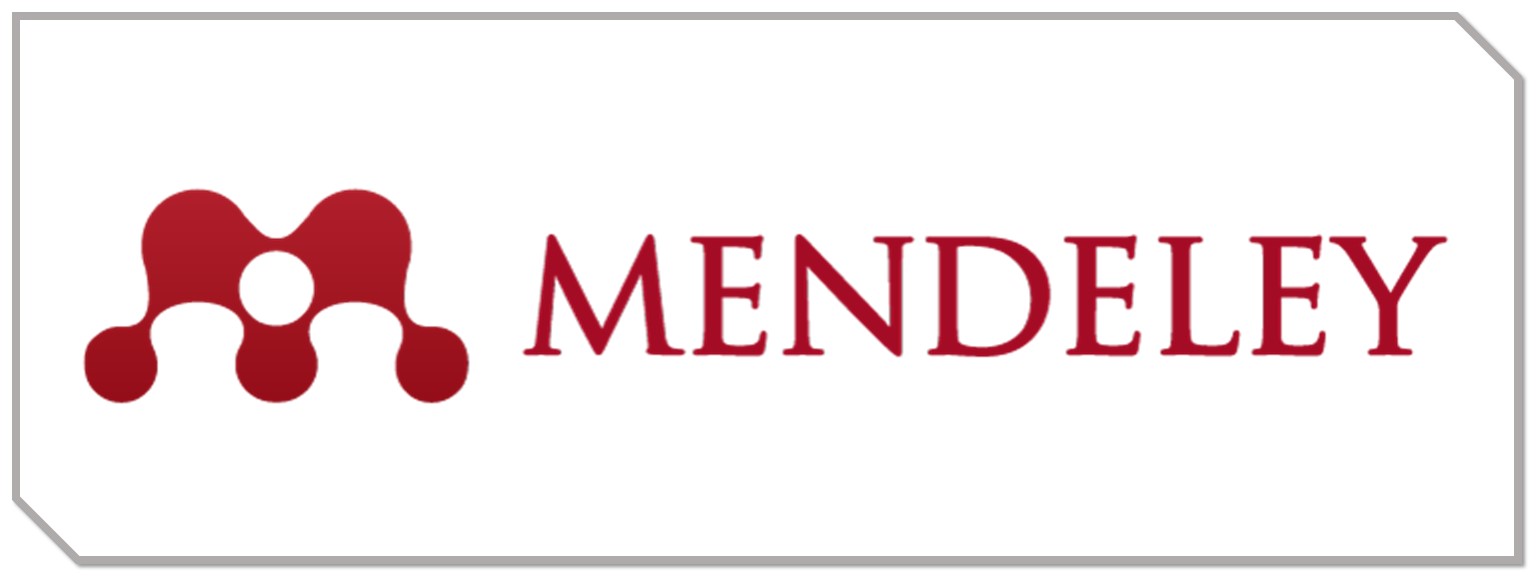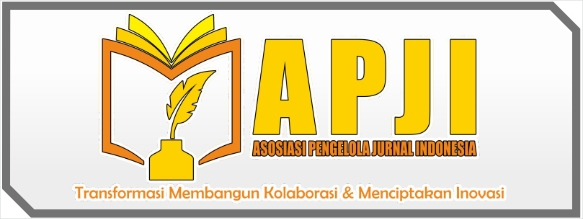HUMAN THOUGHT PROCESS ON HOTEL ADVERTISEMENTS:
A COGNITIVE LINGUISTICS STUDY
DOI:
https://doi.org/10.36002/litera.v10i2.3067Keywords:
Conceptual Blending, Advertisements, TourismAbstract
Conceptual Blending (CB) is a framework within Cognitive Linguistics to create meaning construction that determines brain cognitive functions upon reading hotel advertisements which the study aimed to illustrate and elaborate. The study utilized advancement theory of CB by applying intertextuality concept to create multiple meanings done from prior studies. The study also utilized qualitative method to analyze a poster from ANA Intercontinental Manza Beach Resort through applying non-participant observation, purposive sampling, and triangulation theory methods. To analyze the data, the concepts of data collection, data condensation, data display and data conclusion were used. The study found that the processes of composition, completion, and elaboration within blended space of CB built the meaning construction within human brain. Composition stage created arrays of features from composing features within input spaces that build up new concepts within completion stage. The completion stage then created new concepts based on cultural knowledge combining all the features composed within composition process and the meanings were broaden by elaboration stage which cleared out what the new concepts actually meant for. These processes created the emergent structure which carries novelty meanings from the analysis. In this stage, the meaning has been completely concluded from all the elaborated meaning happening on prior stages.
Downloads
References
Amenya, D. N. 2021. A Derivation by Phase Analysis of the Ekegusii Verb System [PhD Thesis]. Nairobi: University of Nairobi.
Boye, K. 2023. Propositions and States-Of-Affairs: A Cognitive Linguistic Approach. In J. Hartmann & W. Angelika (Eds.), Propositionale Argumente Im Sprachvergleich/Propositional Arguments in Cross-Linguistic Research: Theorie Und Empirie/Theoretical and Empirical Issues, 84, 85.
Divjak, D., & Caldwell-Harris, C. 2019. Frequency and entrenchment. In E. DÄ…browska & D. Divjak (Eds.), Cognitive Linguistics - Foundations of Language. https://core.ac.uk/download/pdf/324100309.pdf
Drogosz, A. 2023. A Cognitive Semantics analysis of David Goggins’ idea of “transforming†mindset. Prace Językoznawcze, 25(2), 81–96.
Englishtina, I. 2019. The use of total physical response (TPR) activities for teaching listening to young learners. Journal of English Language Teaching and Islamic Integration, 2(01), 113–120.
Fauconnier, G., & Lakoff, G. 2009. On metaphor and blending. Cognitive Semiotics, 5(1–2), Article 1–2.
Fauconnier, G., & Turner, M. 1998. Conceptual integration networks. Cognitive Science, 22(2), Article 2.
Ghachem, I. 2022. Conceptual Blends and the Representation of the Syrian Refugees in the UNHCR Press Releases between 2011 and 2021. Researchsquare. https://doi.org/10.21203/rs.3.rs-1958341/v1
Helmy, N. H. 2023. “And with us is Brother Morganâ€: A cognitive semiotic analysis of a humorous stock character macro in Egyptian Arabic. Journal of Languages and Translation, 10(1), 40–61.
Jing, T. 2023. A Comparative Study of the Evaluation Function of War Metaphors in the Perspective of Critical Metaphors. International Journal of Education and Humanities, 8(2), 72–80.
Klarić, M. 2020. Conceptual integration and humor: Can learners unpack the joke? [PhD Thesis]. Zagreb: University of Zagreb. University of Zagreb, Faculty of Humanities and Social. https://repozitorij.ffzg.unizg.hr/islandora/object/ffzg:1787
Lei, W. 2023. Conceptual Blending and Meme Humor on the Internet: The Example of COVID-19 Publicity Posters in Chinese Microblogging. Sino-US English Teaching, 20(6), 217–226.
Maxwell, J. A. 2012. Qualitative research design: An interactive approach. Sage publications.
Miles, M. B., Huberman, A. M., & Saldana, J. 2014. A methods sourcebook. In Qualitative data analysis. Sage Thousand Oaks.
Niketić, P. 2019. Conceptual blending in English and Serbian question-and-answer jokes: Cultural transfer issues. The European Journal of Humour Research, 7(4), Article 4.
Nodira, U. 2023. Theory of Cognitive Linguistics. Best Journal of Innovation in Science, Research and Development, 2(4), 147–148.
Ntabo, V. 2023. The Role of Plantosemic Metaphors in the Conceptualization of the Males in Ekegusii: A Cognitive Linguistic Approach. International Journal of English and Comparative Literary Studies, 4(2), 19–31.
Núñez, R., Allen, M., Gao, R., Miller Rigoli, C., Relaford-Doyle, J., & Semenuks, A. 2019. What happened to cognitive science? Nature Human Behaviour, 3(8), Article 8. https://doi.org/10.1038/s41562-019-0626-2
Samdchti, N. A. E. 2023. EXPRESSION OF PHRASEOLOGICAL UNITS IN COGNITIVE LINGUISTICS. Galaxy International Interdisciplinary Research Journal, 11(4), 415–418.
Sasala, J. M., Mudogo, B., & Barasa, D. 2022. Vital relations in the metaphors of Covid-19 in Lukabaras. LWATI: A Journal of Contemporary Research, 19(3), 82–100.
Sukarsih, N. N. T. 2018. DARI METAFORA KONSEPTUAL MENUJU BLENDING: SEBUAH HIPOTESIS INTEGRASI KONSEPTUAL PADA TATARAN LINGUISTIK KOGNITIF. Seminar Ilmiah Nasional Teknologi, Sains, Dan Sosial Humaniora (SINTESA), 1(1), Article 1. https://jurnal.undhirabali.ac.id/index.php/sintesa/article/view/513
Susanto, D., & Jailani, M. S. 2023. Teknik Pemeriksaan Keabsahan Data Dalam Penelitian Ilmiah. QOSIM: Jurnal Pendidikan, Sosial & Humaniora, 1(1), 53–61.
Thurmond, V. A. 2001. The Point of Triangulation. Journal of Nursing Scholarship, 33(3), 253–258. https://doi.org/10.1111/j.1547-5069.2001.00253.x
Wong, M. L. 2021. Conceptual Blending and Slang Expressions in Hong Kong Cantonese. Studies in Chinese Linguistics. https://hub.hku.hk/handle/10722/301661
Wulandari, Z. N. 2022. Conceptual Blending Dalam Kalimat Jenaka Bahasa Jawa. DIALEKTIKA: JURNAL BAHASA, SASTRA DAN BUDAYA, 9(1), 68–82.
Yakhyoeva, G. 2023. CONCEPTUAL INTEGRATION OF MYTHOLOGEME “TROJAN HORSE.†Science and Innovation, 2(C3), 5–7.
Youssef, A. Y. A. A. 2022. Recursive Visual Intertextuality: A Novel Conceptual Blending Analysis of Cartoons Glorifying Football Celebrities. CDELT Occasional Papers in the Development of English Education, 80(1), 299–340.
Downloads
Published
How to Cite
Issue
Section
License
Copyright (c) 2024 LITERA : Jurnal Bahasa Dan Sastra

This work is licensed under a Creative Commons Attribution-NonCommercial-ShareAlike 4.0 International License.
![]()
This work is licensed under a Creative Commons Attribution-NonCommercial-ShareAlike 4.0 International License.

